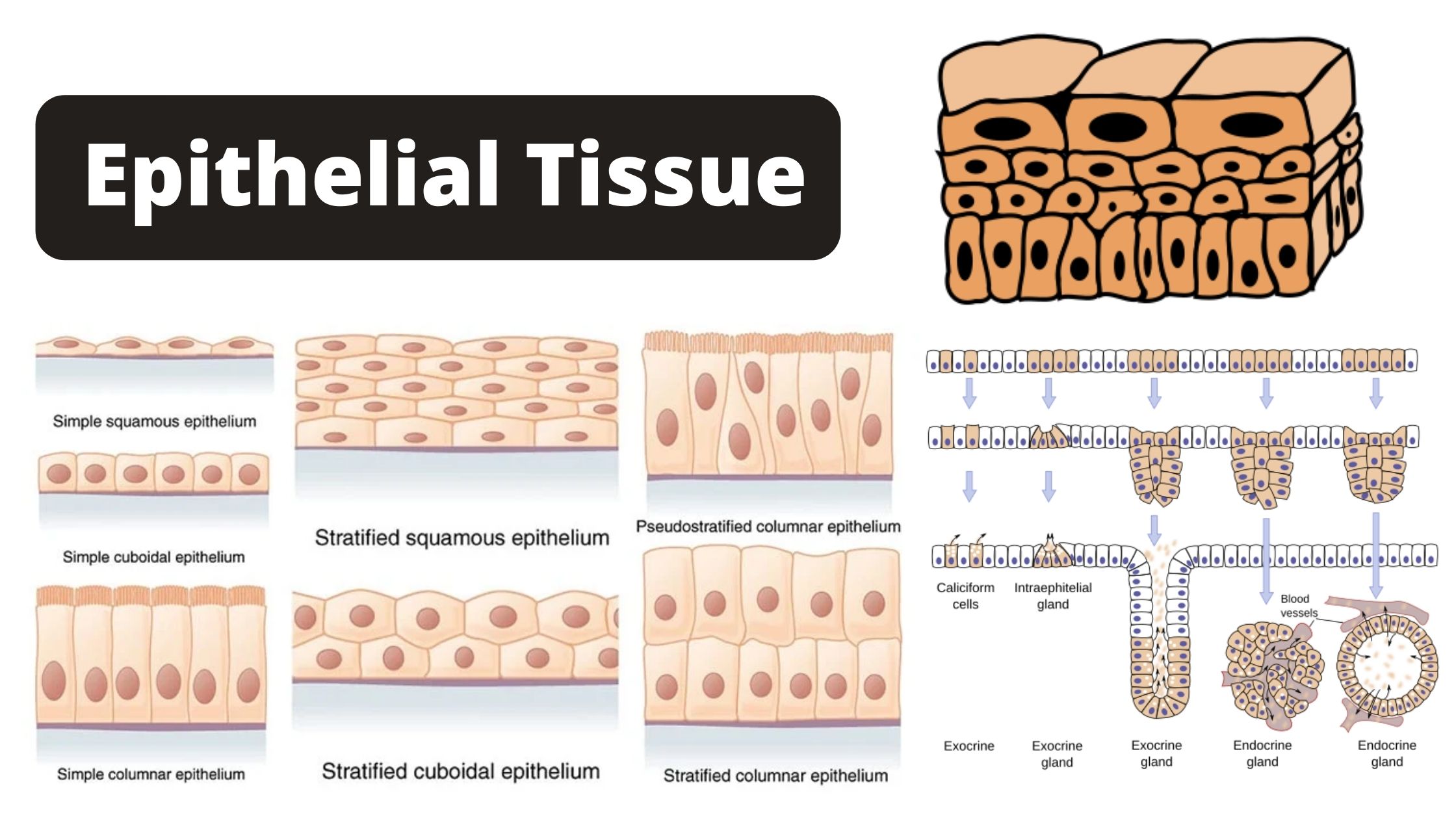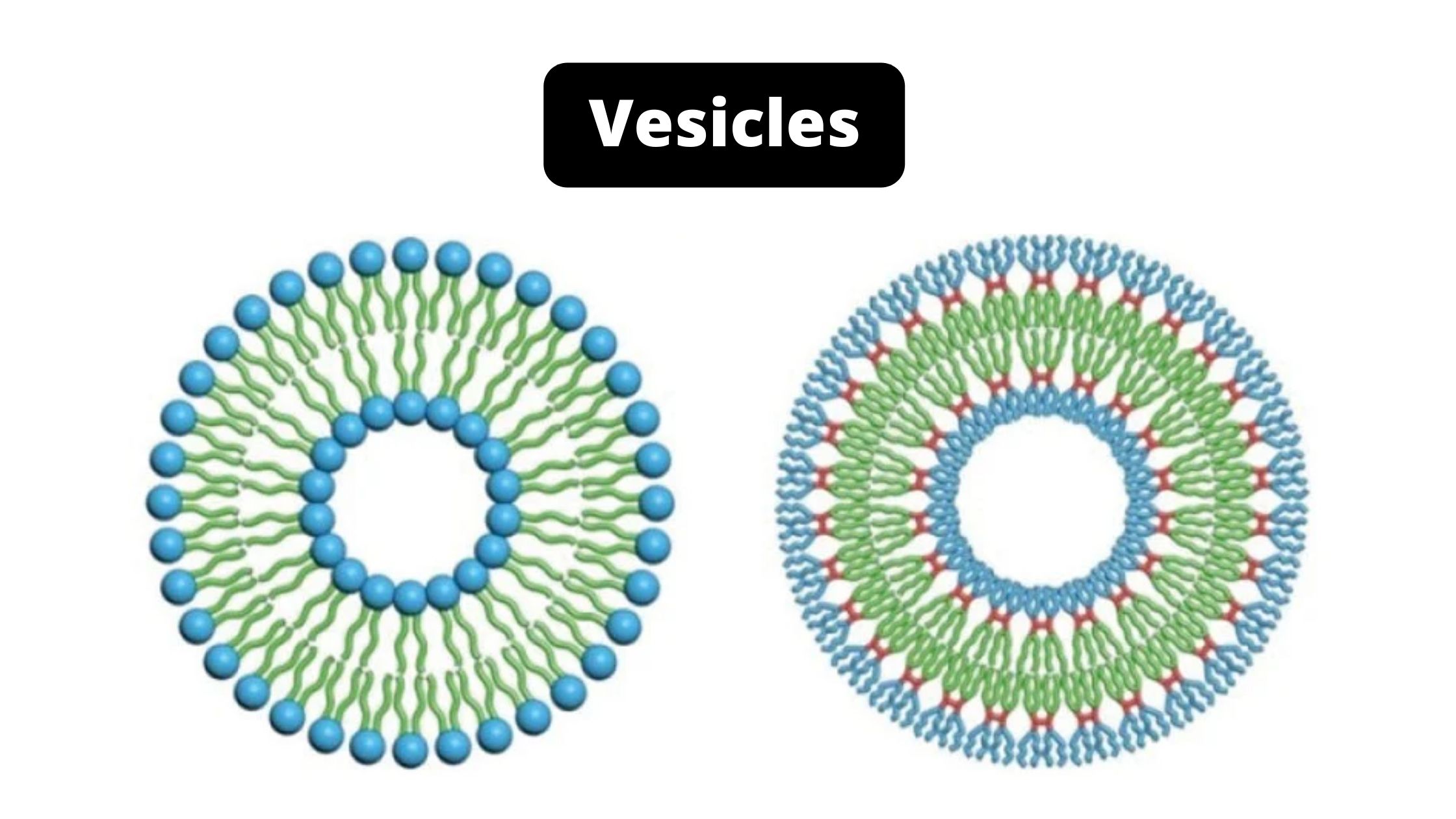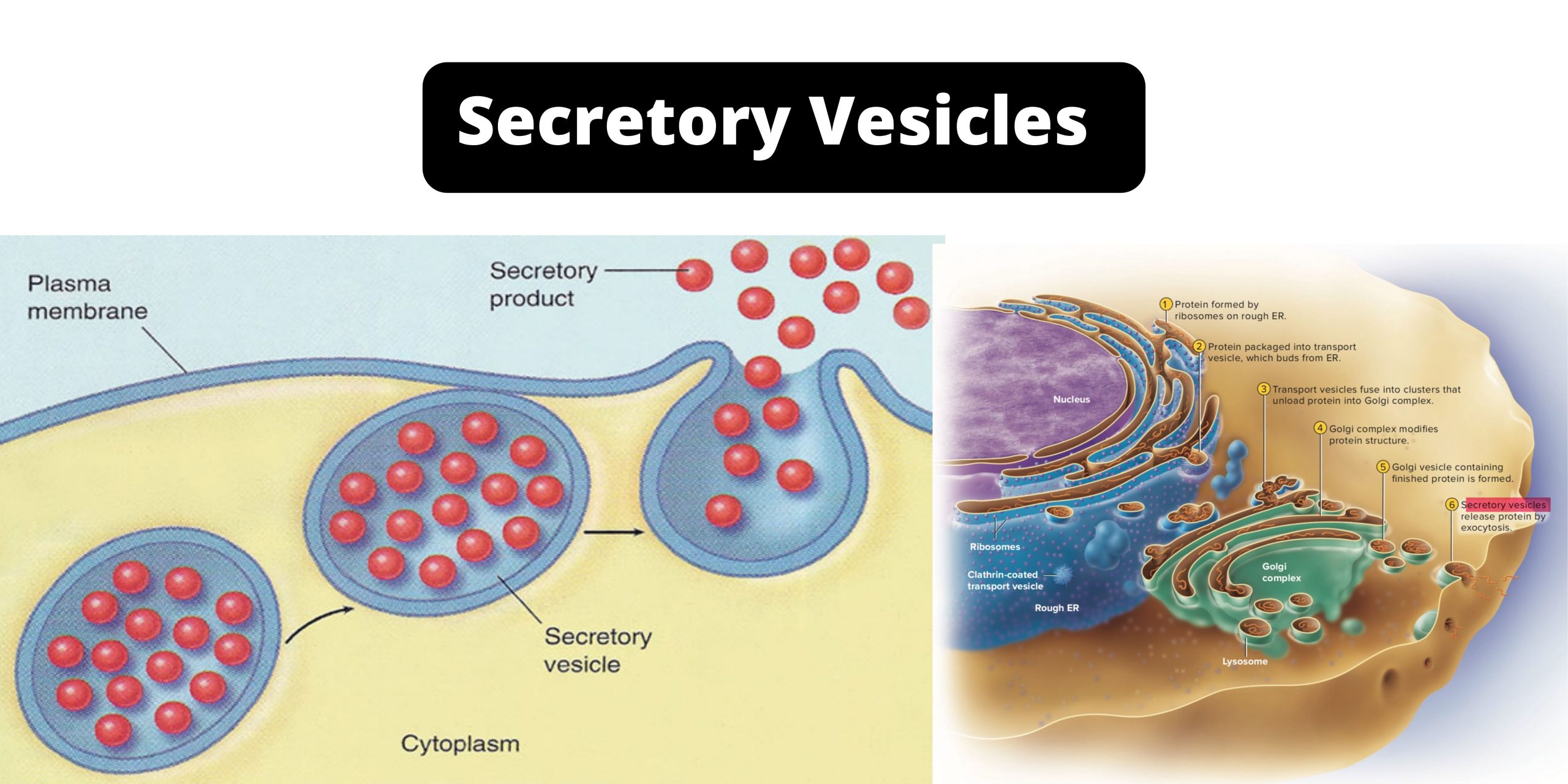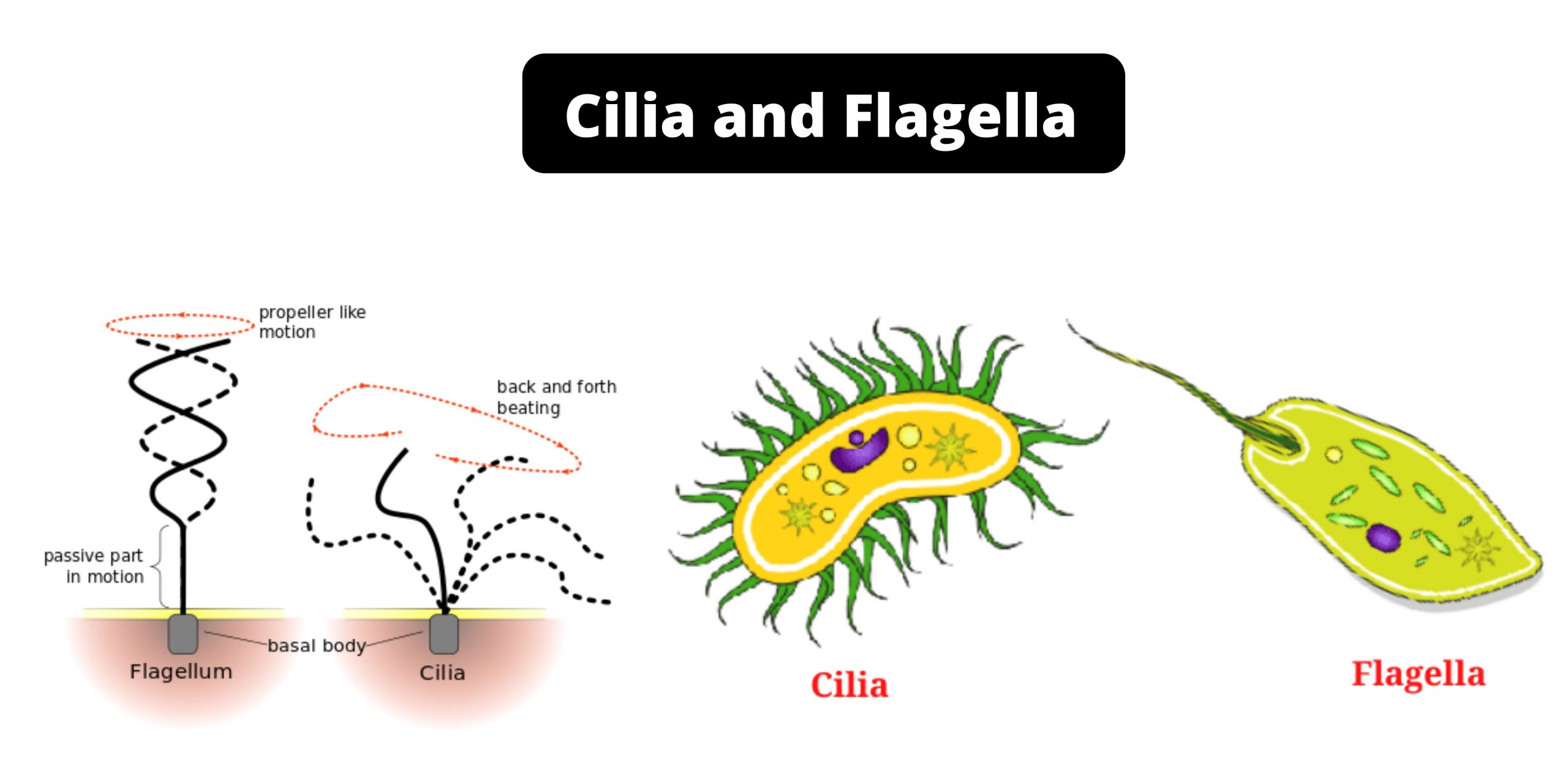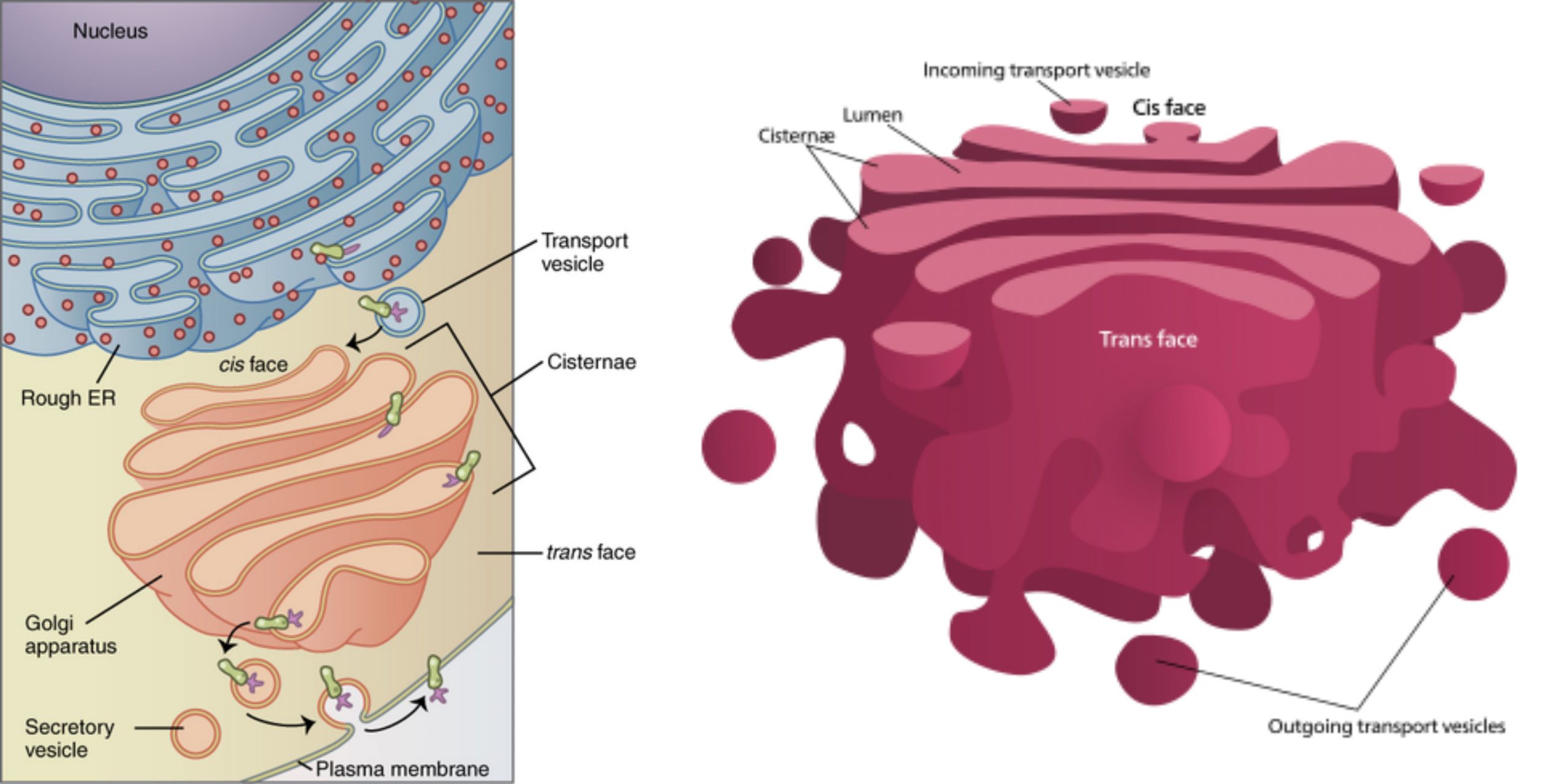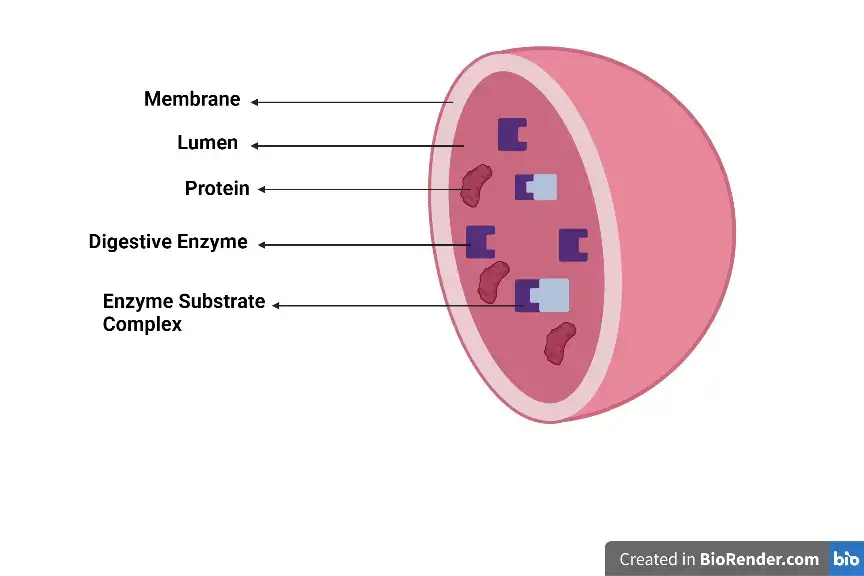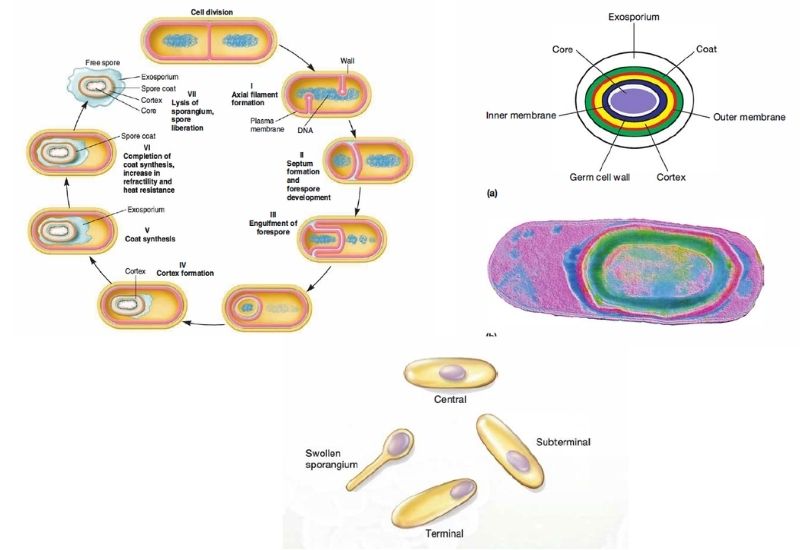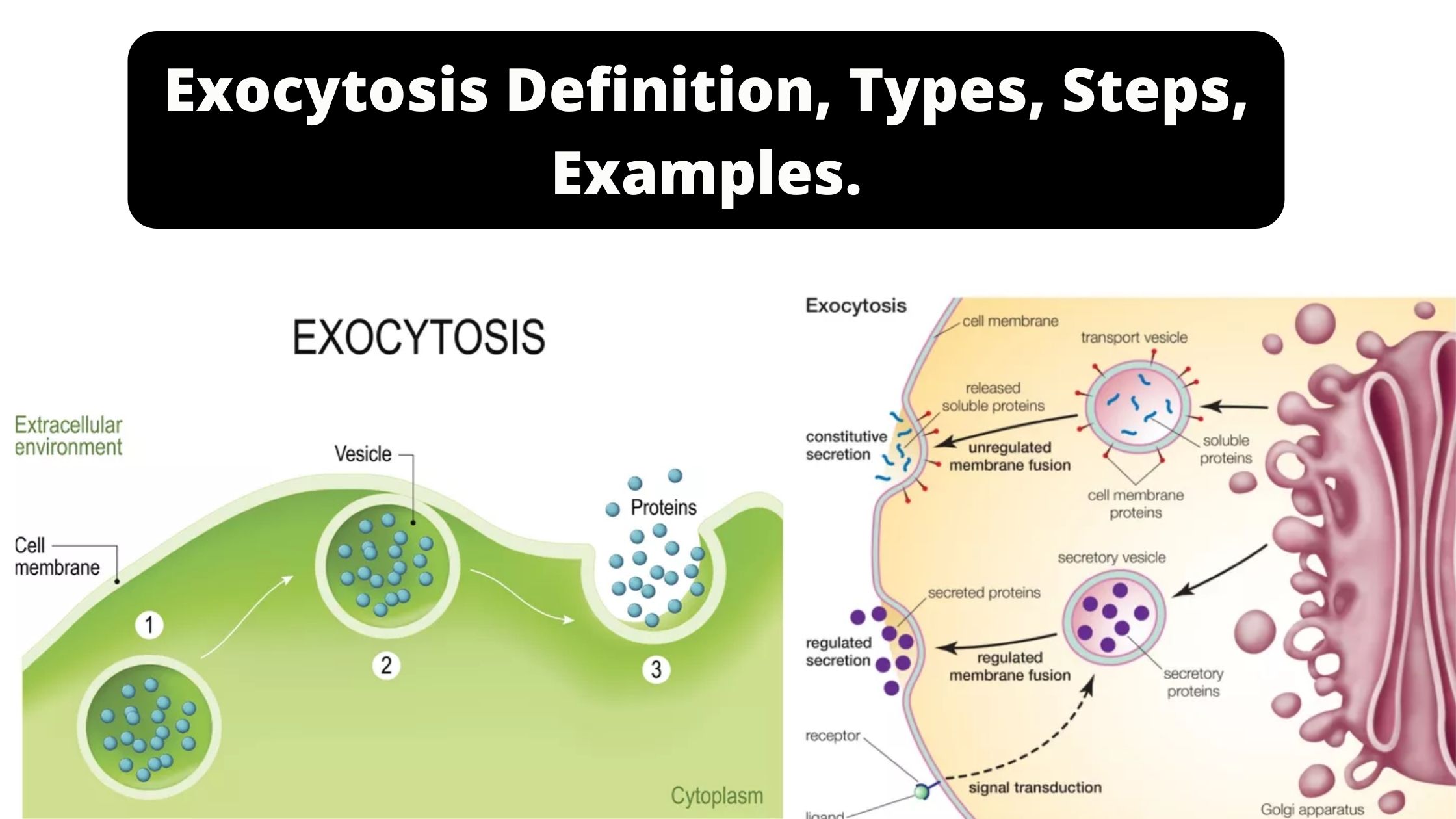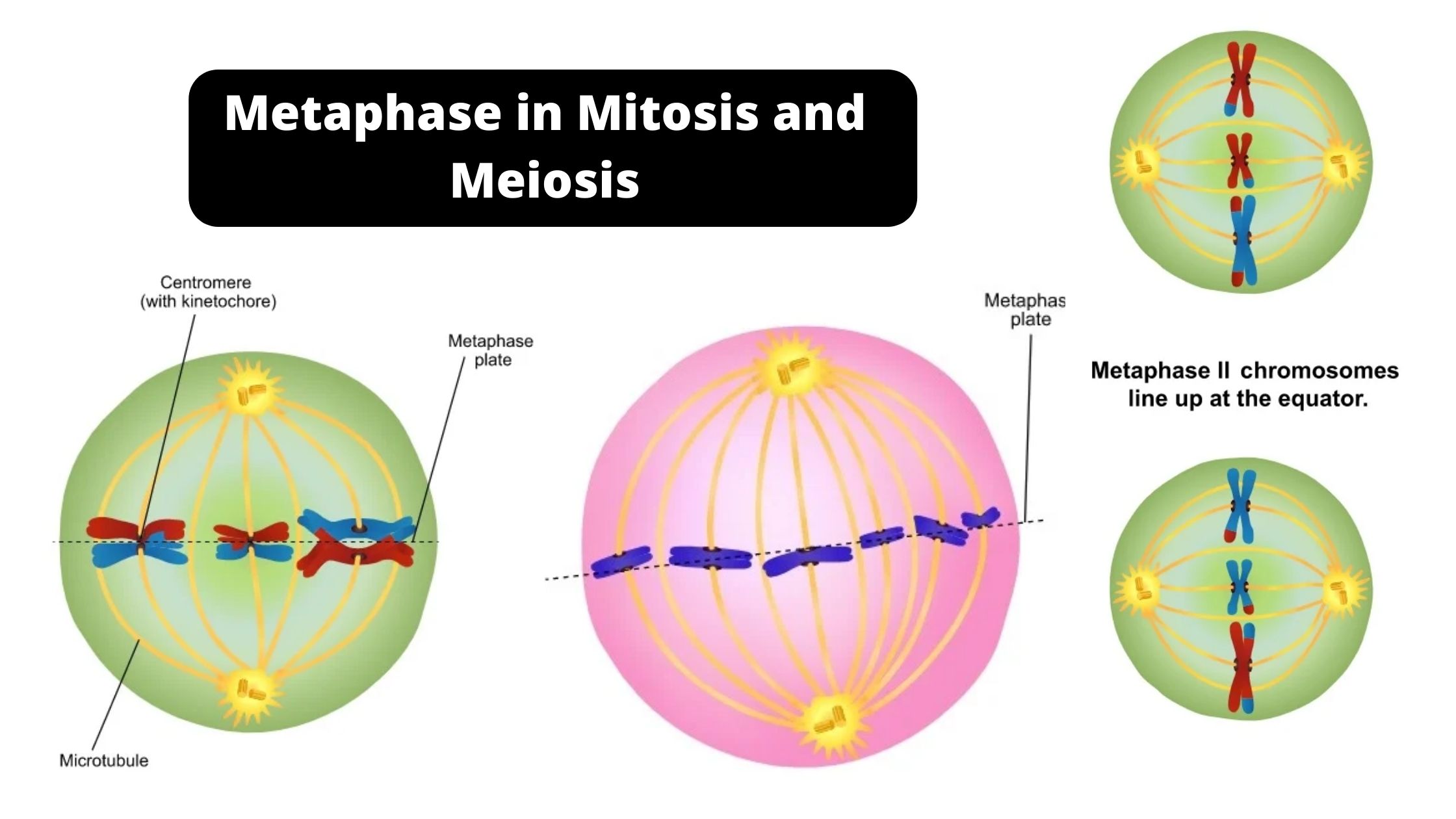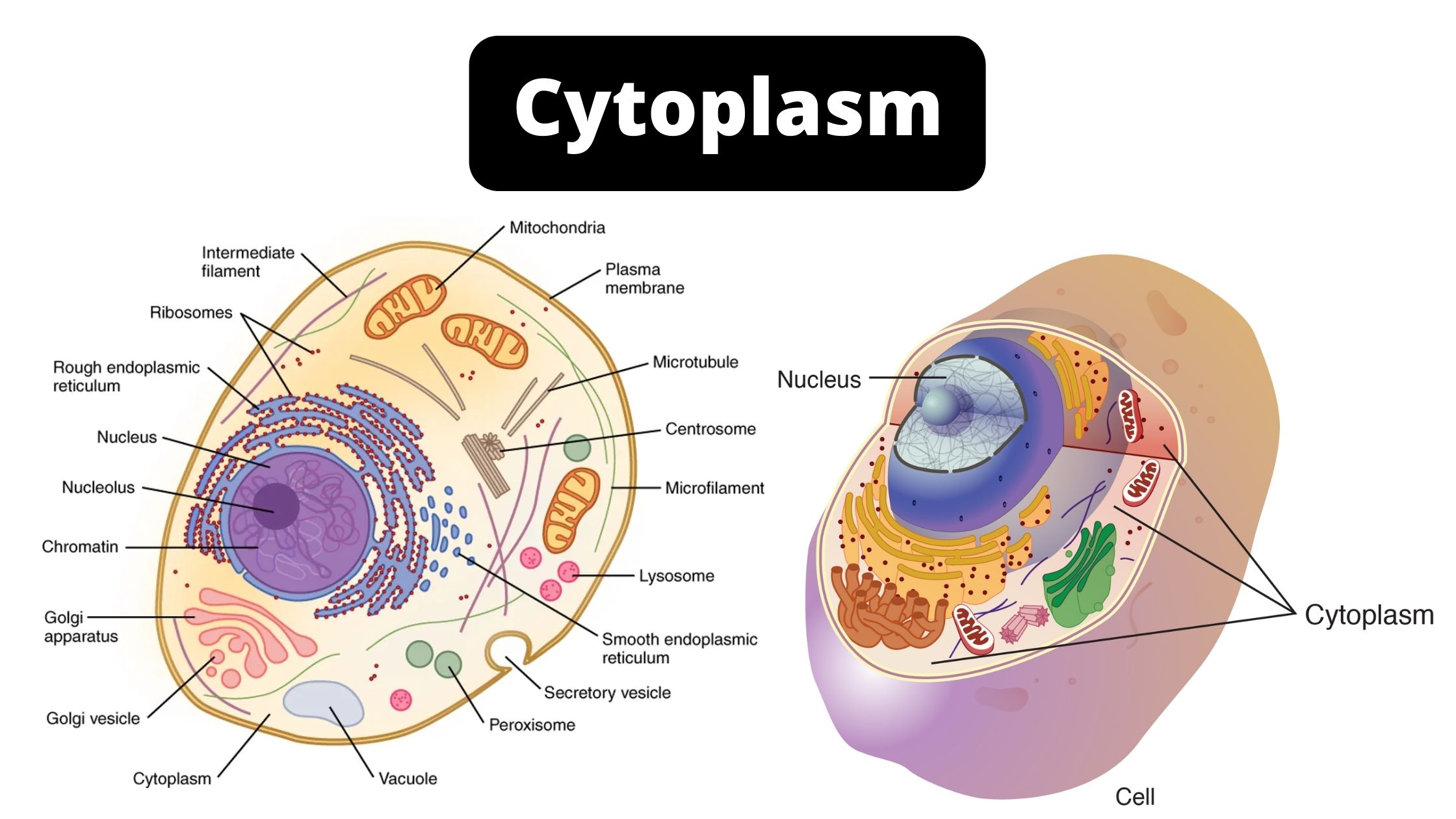Epithelial Tissue – Definition, Characteristics, Types, and Functions
Epithelial Tissue is one the types of tissues (epithelial muscular, connective and nerve) in mammals. It is composed of polyhedral cells that are tightly aggregated that adhere firmly to each other, forming sheets of cells that cover the inside of hollow organs as well as covering the body’s the surface. Epithelium, also known as epithelial tissue (plural epithelia) comprises cells that are laid out in continuous sheets, the form of single or multiple layers.
